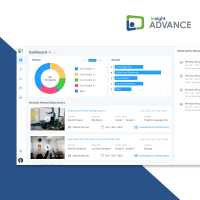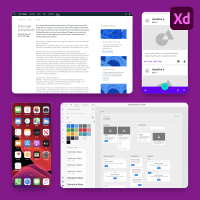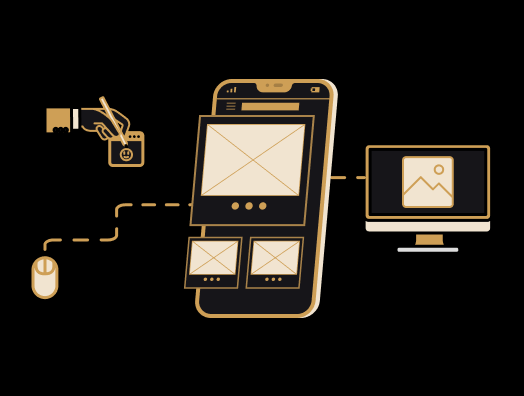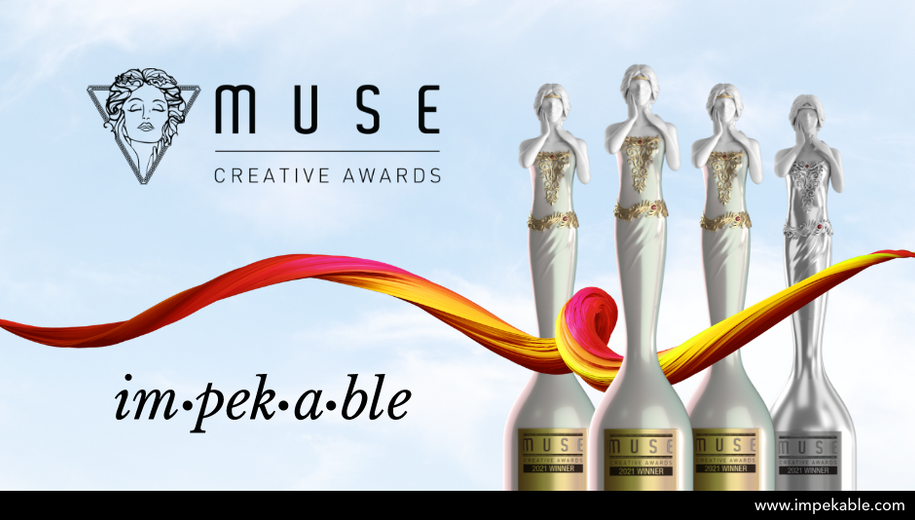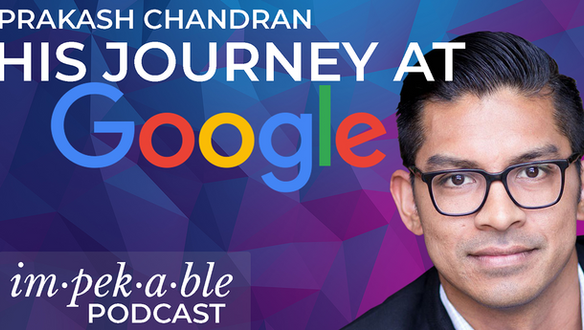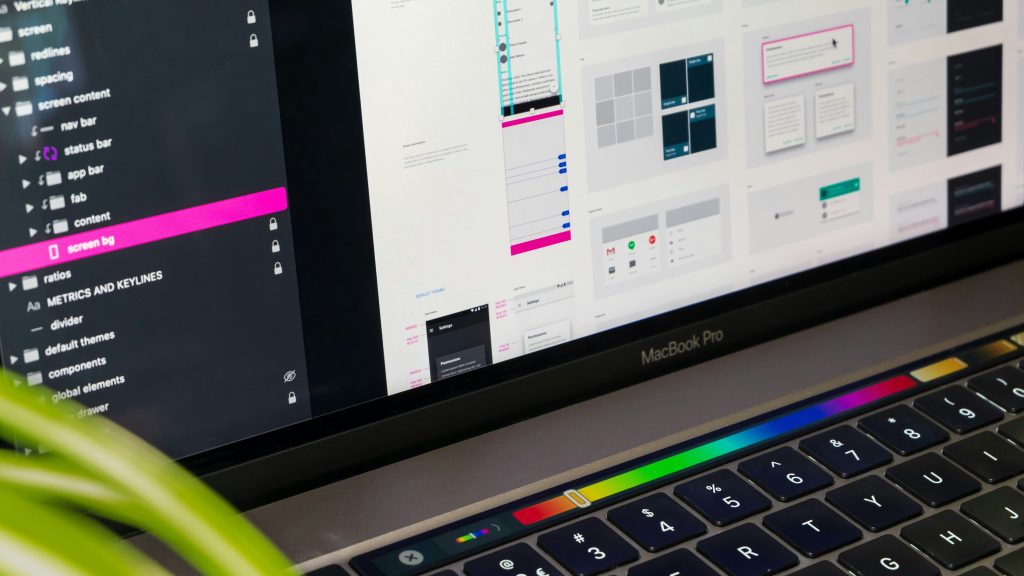
Creating exceptional user experiences for SaaS products requires a deep understanding of user needs, behaviors, and expectations. As the SaaS landscape evolves, adhering to proven user-centered design principles and refining the design process are critical to staying competitive. By focusing on usability, scalability, and personalization, you can craft interfaces that not only meet user demands but also drive engagement and retention.
This list explores the top UX design principles for SaaS products in 2025, offering actionable insights to help you create intuitive, scalable, and user-friendly applications. Whether you’re optimizing an existing platform or building a new one, these principles will guide you in delivering exceptional user experiences.
1. Prioritize user research to understand your audience
- Actionable insights: Conduct surveys, interviews, and usability testing to uncover user pain points and goals.
- Data-driven design: Leverage UX research for SaaS products to align design decisions with user needs and business objectives.
- Iterative improvement: Use research findings to refine features and workflows continuously.
Understanding your audience is the foundation of effective SaaS UX design. By investing in user research, you can ensure your product resonates with its target users and addresses their specific challenges.
2. Simplify onboarding with guided experiences
- Reduce friction: Design intuitive SaaS onboarding design flows that help users get started quickly.
- Progressive disclosure: Introduce features gradually to avoid overwhelming new users.
- Interactive guidance: Incorporate checklists, tooltips, and tutorials to guide users through key actions.
A seamless onboarding experience is critical for user retention. Simplifying the onboarding process ensures users can quickly understand and derive value from your product.
3. Design for scalability and flexibility
- Modular design: Create adaptable UI/UX design for SaaS applications that can grow with user needs.
- Customizable workflows: Support both novice and advanced users with flexible interface options.
- Responsive design: Optimize usability across devices, from desktops to mobile.
Scalability ensures your SaaS product remains relevant as user needs evolve. Flexible design accommodates diverse user preferences and workflows, enhancing overall satisfaction.
4. Focus on clear and consistent information architecture
- Logical organization: Streamline SaaS user interface design with intuitive navigation and labeling systems.
- Visual hierarchy: Use design elements to emphasize critical actions and reduce cognitive load.
- Decluttered interfaces: Group related features and minimize unnecessary elements.
A well-structured information architecture simplifies navigation and helps users find what they need quickly, improving overall usability.
5. Leverage personalization to enhance user engagement
- Tailored experiences: Collect user data during onboarding to customize dashboards and recommendations.
- Dynamic content: Use personalization to make features and workflows feel relevant to individual users.
- Value-driven design: Apply SaaS UX best practices to create meaningful, user-specific experiences.
Personalization fosters deeper engagement by making users feel understood and valued, which can significantly improve retention rates.
6. Optimize usability with micro-interactions
- Interactive feedback: Add hover effects, animations, and subtle cues to guide users.
- Workflow enhancement: Use micro-interactions to highlight key actions and improve navigation.
- Consistency: Ensure these elements align with broader SaaS usability tips for a cohesive experience.
Micro-interactions enhance usability by providing immediate feedback and making the interface more engaging and intuitive.
7. Implement data-driven UX optimization
- Behavioral analysis: Use heatmaps, session recordings, and analytics to understand user interactions.
- A/B testing: Experiment with design variations to identify what works best.
- Continuous iteration: Regularly update designs based on user feedback and performance metrics.
Data-driven optimization ensures your SaaS product evolves in response to user needs, improving satisfaction and usability over time.
8. Build trust with transparent and ethical design
- Privacy-first approach: Clearly communicate data policies and ensure compliance with regulations.
- Social proof: Use testimonials and case studies to establish credibility.
- Inclusive design: Make interfaces accessible to all users, regardless of ability.
Trust is a cornerstone of successful SaaS products. Transparent and ethical design practices build user confidence and loyalty.
9. Streamline complex workflows with progressive disclosure
- Simplified processes: Break down intricate tasks into manageable steps.
- Gradual feature introduction: Reveal advanced functionalities as users become more familiar with the platform.
- Enhanced usability: Apply this principle to simplify UX design for SaaS platforms with multi-layered functionality.
Progressive disclosure reduces cognitive load, making complex workflows more approachable and user-friendly.
10. Create a seamless feedback loop
- In-app feedback: Provide users with easy options to share their thoughts and report issues.
- Prioritized updates: Use feedback to guide feature development and address pain points.
- Transparent communication: Regularly inform users about improvements, reinforcing your commitment to their needs.
A robust feedback loop ensures your SaaS product remains user-focused and continuously improves based on real-world input.
Elevating the user experience of your SaaS product requires a strategic approach rooted in research, scalability, and user-centric design. As experts in crafting intuitive and impactful digital solutions, we are here to help you bring your vision to life. Let’s Talk about how we can collaborate to create exceptional experiences for your users.

Pek Pongpaet
Helping enterprises and startups achieve their goals through product strategy, world-class user experience design, software engineering and app development.
|
-

“Impekable delivered multiple, fantastic options for us… they genuinely cared about the project and our goals.”
Co-founder, JSwipe, acquired by Tinder
Our Case Studies
